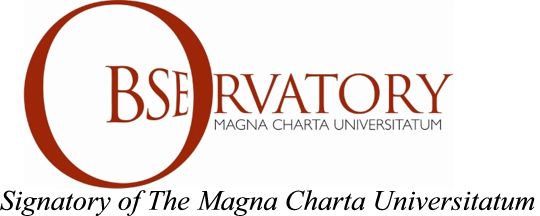The Importance of Pharmacy Practicum in Veterinary Medicine Training: Experience of the Department of Vertebrate Physiology and Pharmacology at NUBiP of Ukraine and Compliance with International Standards
In the context of the rapid development of veterinary medicine, the intensification of livestock production, and increasing food safety requirements, the professional training of veterinarians demands a high-quality practical component. One of the key forms of such training is the pharmacy practicum, which is conducted during the educational practice within the discipline "Veterinary Pharmacology."
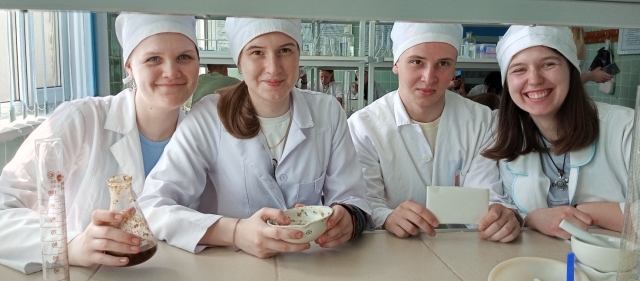
During June, at the Department of Vertebrate Physiology and Pharmacology of the Faculty of Veterinary Medicine of the National University of Life and Environmental Sciences of Ukraine, under the supervision of lecturers Hryhorii Boiko, Vadym Ishchenko, Iryna Derkach, and Olena Halchynska, another cycle of the pharmacy practicum was organized for 3rd-year veterinary students. The purpose of the practicum was to consolidate students' knowledge and skills in drug dosage calculation, drug formulation technology, and prescription writing in veterinary medicine.
Pharmacy Practicum as an Integral Component of Veterinary Professional Competence
The pharmacy practicum was organized based on the textbook "Pharmacy Practicum" (Dukhnitskyi V.B., Derkach I.M., 2017), which integrates knowledge in veterinary prescriptions, pharmacology, pharmaceutical technology, Latin language, drug circulation safety, as well as practical skills in handling veterinary drugs.
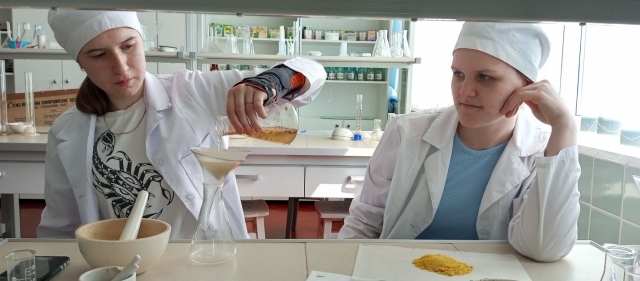
The classes were conducted in the department’s laboratory, equipped with the necessary tools for drug preparation: pharmacy scales, measuring vessels, etc. All students were provided with personal workstations, individual sets of reagents and materials, which allowed for high-quality hands-on training at each stage of pharmaceutical work.
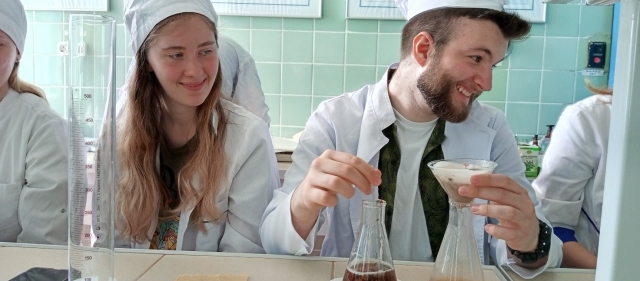
Before each session, safety and hygiene briefings were conducted. Lecturers monitored students' preparation, and admission to practical work was allowed only upon confirmation of sufficient theoretical knowledge.
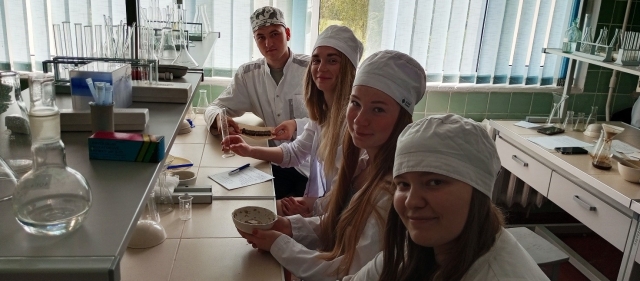
The main directions of practical training within the pharmacy practicum included:
1. Preparation of soft dosage forms
2. Preparation of liquid dosage forms
3. Writing prescriptions for veterinary drugs
4. Dosage calculations for different animal species
5. Compliance with sanitary and technological regulations
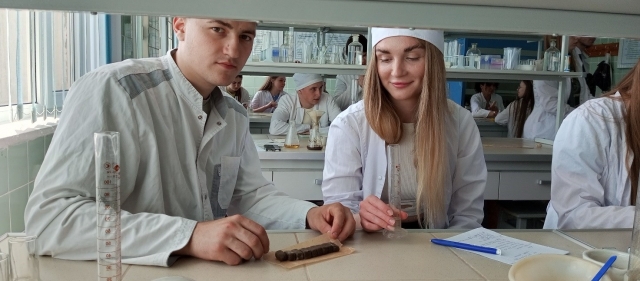
The final stage of the practicum included:
• Review of students' laboratory notebooks with descriptions of completed tasks;
• Theoretical knowledge testing in drug formulation technology and prescription writing;
• Practical demonstration of the preparation of a selected dosage form;
• Oral examination on the main sections of the program.
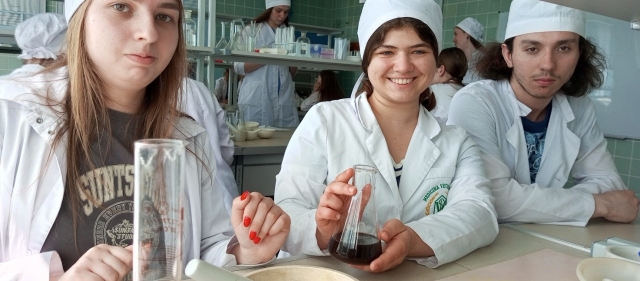
Students’ performance was assessed based on comprehensive criteria: correct dosage calculations, quality of prepared dosage forms, proper prescription writing, adherence to safety protocols, and theoretical knowledge.
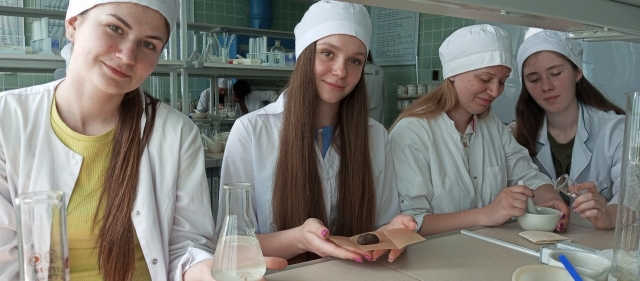
Compliance of the Pharmacy Practicum with International Veterinary Education Standards European context (EAEVE standards)
In the European Union, the quality of veterinary training is regulated by the European Association of Establishments for Veterinary Education (EAEVE) and harmonized with the requirements of EU Directive 2005/36/EC. According to these regulations, veterinary education must provide students with knowledge and skills in:
• Pharmacology, pharmacotherapy, and toxicology;
• Rational use of veterinary medicines;
• Veterinary prescription writing;
• Requirements for dosage forms, including knowledge of formulation technology;
• Principles of Good Manufacturing Practice (GMP) and Good Veterinary Practice (GVP) in drug circulation.
American context (AVMA COE standards)
In the United States, veterinary education requirements are defined by the American Veterinary Medical Association (AVMA), specifically its Council on Education (COE). According to COE standards, students must acquire knowledge in:
• Pharmacokinetics, pharmacodynamics, and rational pharmacotherapy;
• Principles of prescription writing and safe drug use;
• Knowledge of dosage form preparation and their application across animal species;
• Safe handling practices of veterinary drugs.
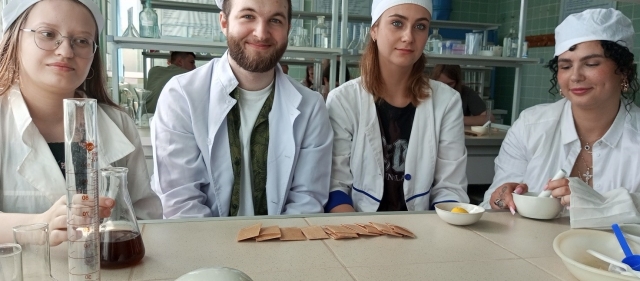
The pharmacy practicum of the Department of Vertebrate Physiology and Pharmacology at NUBiP of Ukraine fully aligns with the core provisions of EAEVE (EU) and AVMA COE (USA) standards, confirming its contemporary international level.
The pharmacy practicum develops integrated professional competence in students, which is an essential component of the practical activities of veterinarians in clinical practice, the pharmaceutical industry, laboratory diagnostics, and veterinary drug quality control.
Hryhorii Boiko
Associate Professor of the Department of Vertebrate Physiology and Pharmacology



